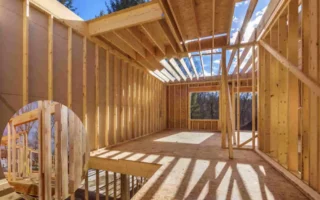Building a house in Laos is a rewarding but intricate process that blends traditional practices with modern construction techniques. Whether you are constructing a traditional Lao wooden stilt house or a contemporary residence, understanding each step—from site preparation and foundation laying to roofing and finishing—is essential for a successful build. This guide provides a clear, step-by-step overview tailored to the unique climate, cultural customs, and building regulations in Laos, helping you navigate everything from selecting the right season to build, sourcing local materials, to managing payments and inspections. By following these stages carefully, you can ensure your new home is durable, comfortable, and aligned with Lao architectural heritage and modern standards.
Understanding the Building Process in Laos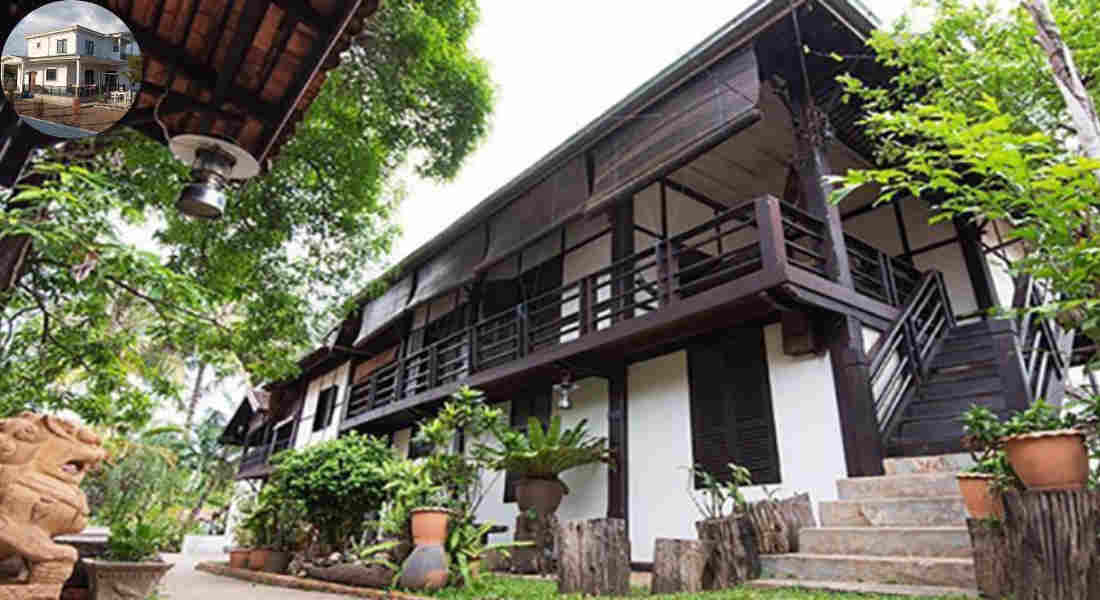
Building a house in Laos begins with understanding local regulations and customs. Each province has unique guidelines that dictate construction practices. You should familiarize yourself with these rules in order to avoid delays..
The process typically starts with site selection. Consider factors like accessibility, utilities, and environmental impact.
Next comes the design stage, where you’ll work closely with architects or designers familiar with Lao aesthetics and climate considerations.
Once your plans are ready, obtaining necessary permits is essential before breaking ground. This may include approvals from local authorities and adherence to zoning laws.
Engaging skilled laborers who understand traditional techniques can enhance harmony between modern needs and local culture. Building methods vary across regions; some employ bamboo while others prioritize concrete for durability against weather elements.
Understanding this multifaceted building process sets a strong foundation for a successful project tailored to life in Laos.
Steps to Planning and Designing Your House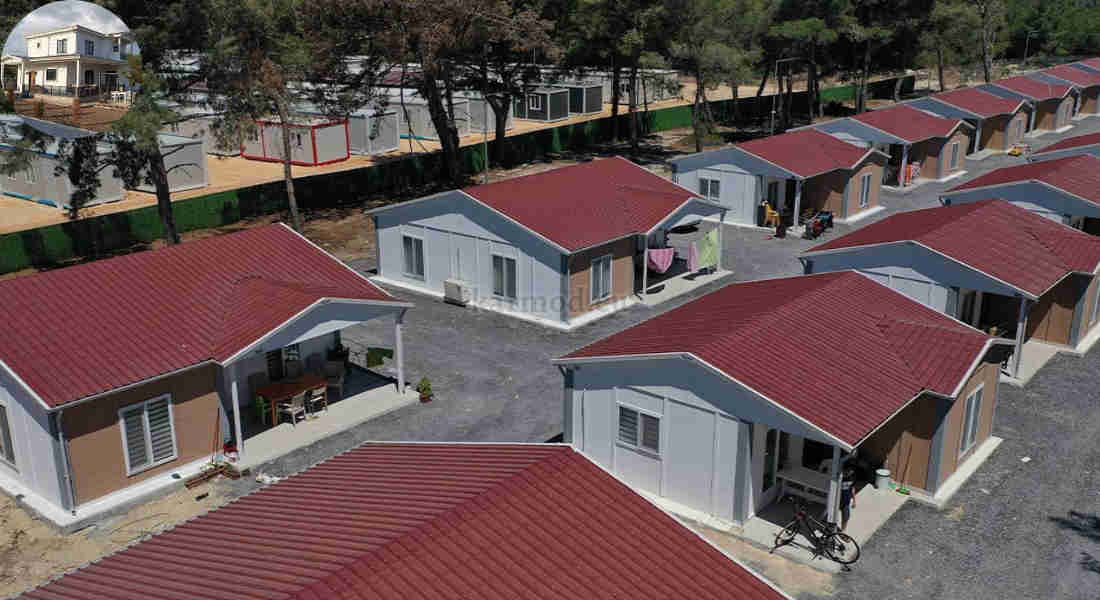
Start with a vision. Think about how you want your modern home to feel and function. Consider the number of rooms, layout, and overall style. Sketching ideas can help solidify your thoughts.
Next, take local culture into account. Laos has unique architectural elements worth incorporating. Natural materials are often used in traditional designs to blend seamlessly with the surroundings.
Don’t forget to prioritize sustainability. Opt for energy-efficient appliances and consider rainwater harvesting systems in your plans.
Creating detailed blueprints is essential before moving forward. This can be done through professional architects or by using online design tools if you’re confident in your skills.
Plan realistic timelines for each phase of the project. Rushing leads to mistakes while proper planning ensures everything falls into place smoothly as construction progresses.
Obtaining Permits and Permissions
Laos’ house-building process begins with obtaining permits and permissions. You cannot skip this stage.Compliance with local regulations is ensured by this process.
Start by visiting your local government office to gather information on the necessary documents. Each province may have different requirements, so it’s vital to ask specific questions about zoning laws and land use.
You will typically need an architectural plan approved by a licensed architect or designer. This plan should fit within community standards and safety codes.
Don’t forget to prepare your identification documents as well. Proof of land ownership might also be required during this phase.
The approval process can take time, so factor that into your overall timeline for building. Patience is essential here; rushing may lead to complications later on.
Choosing a Contractor and Construction Timeline
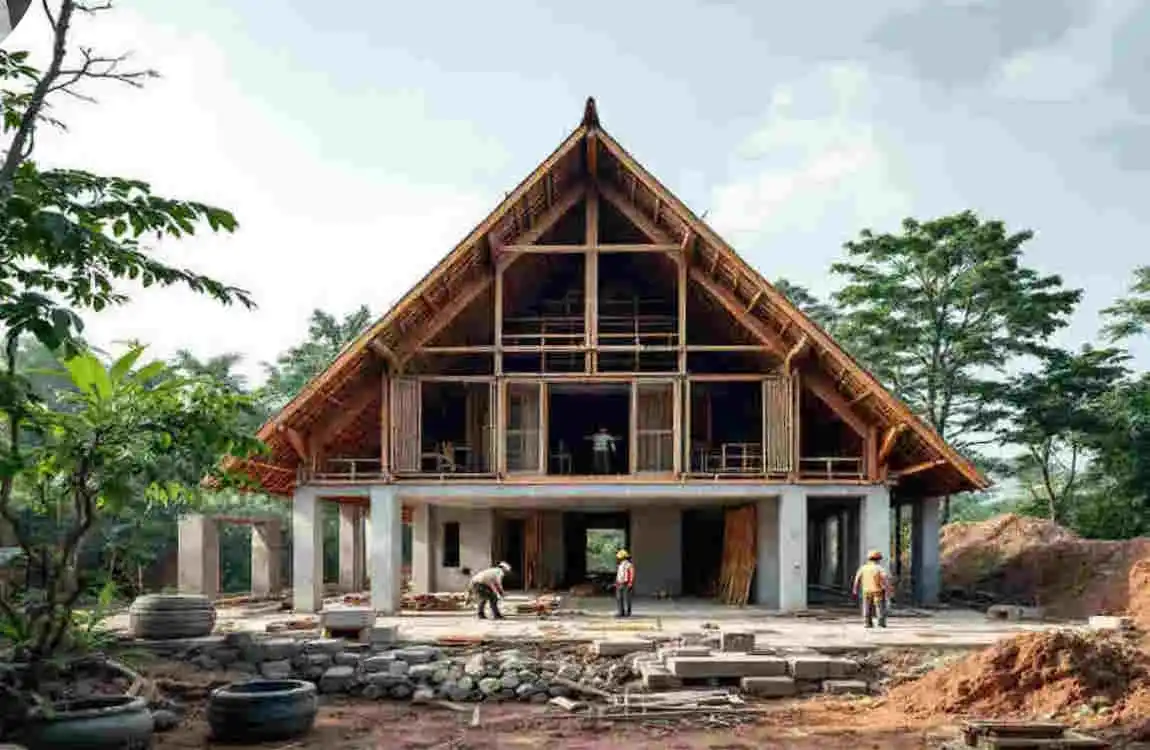
Choosing the right contractor is crucial for your building project in Laos. Start by researching local builders with experience in residential construction. Look for reviews and testimonials from previous clients to gauge their reliability.
Once you’ve narrowed down your options, arrange interviews. Ask detailed questions about their past projects and approaches. This will help you understand their work style and whether it aligns with your vision.
Discuss timelines openly during these meetings. A good contractor should provide a clear schedule outlining each phase of construction, from breaking ground to final touches. Be realistic about timelines; delays can happen due to weather or supply chain issues.
Establish regular check-ins throughout the process to monitor progress. Open communication fosters trust, helping ensure that any hiccups are addressed swiftly without derailing the timeline significantly.
Building Materials and Techniques Used in Laos
When building a house in Laos, understanding local materials is crucial. Traditional homes often use bamboo and timber for their structural integrity. These natural resources are not only abundant but also eco-friendly.
Concrete has gained popularity for its durability. It’s commonly used in modern constructions due to its strength and resistance to weather conditions.
Roofing materials can vary from thatch to metal sheets. Thatch provides excellent insulation, while metal roofing is low-maintenance and cost-effective.
In rural areas, mud bricks remain a popular choice, offering good thermal properties. They keep spaces cool during hot days and warm at night.
Local builders apply techniques passed down through home generations. Stilt houses are common in flood-prone regions, ensuring safety while allowing ventilation underneath.
Understanding these options helps you make informed choices tailored to your needs. Each material brings unique benefits that suit various lifestyles across Laos.
Tips for Budgeting and Cost Management
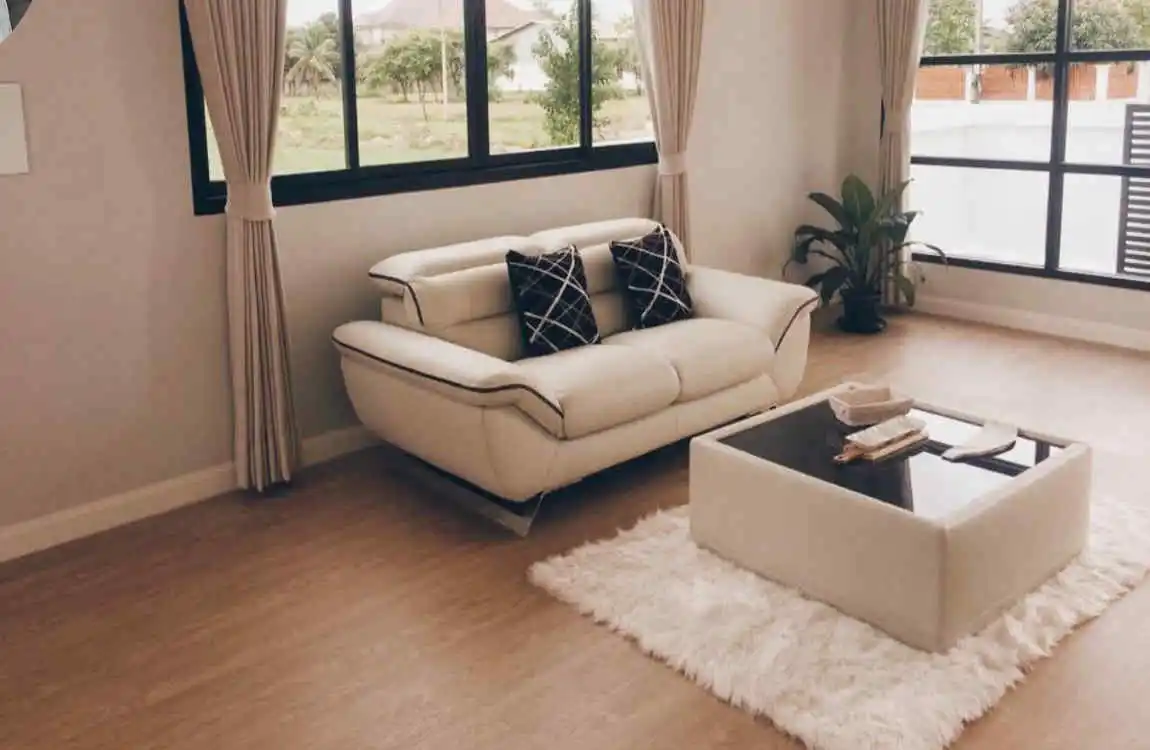
Creating a budget for building your house in Laos is essential. Start by determining your overall financial capacity. Consider not just the construction costs, but also potential hidden expenses like land preparation and utility connections.
Next, research local prices for materials and labor. Understanding these figures will help you gauge how much does it cost to build a house in Laos accurately.
Allocate funds wisely across different aspects of construction, such as design fees, permits, and landscaping. Always leave room for unexpected expenses; they often arise during any building project.
Regularly track your spending against the budget to avoid overspending. A simple spreadsheet can work wonders here.
Consider using local materials where possible. This can significantly reduce costs while supporting the community’s economy at the same time.
Final Inspections and Move-In Process
As the building phase wraps up, it’s time to focus on final inspections. This step is crucial for ensuring everything meets local regulations and safety standards. You’ll want a qualified inspector to evaluate plumbing, electrical systems, and structural integrity.
Don’t forget about obtaining your occupancy permit. Without it, you won’t be able to move in legally. Make sure all paperwork is in order before the big day arrives.
Once inspections are passed and permits secured, the excitement builds as you prepare for moving day. Start planning how to transition your belongings into your new home effortlessly.
Consider hiring professional movers who understand local logistics. They can navigate any potential challenges that might arise during transportation within Laos.
Before settling in completely, take some time to do a thorough walkthrough of every room. Check for any last-minute touch-ups or fixes needed so that you can enjoy your new space right away.
Maintaining Your House in Laos: Dos and Don’ts
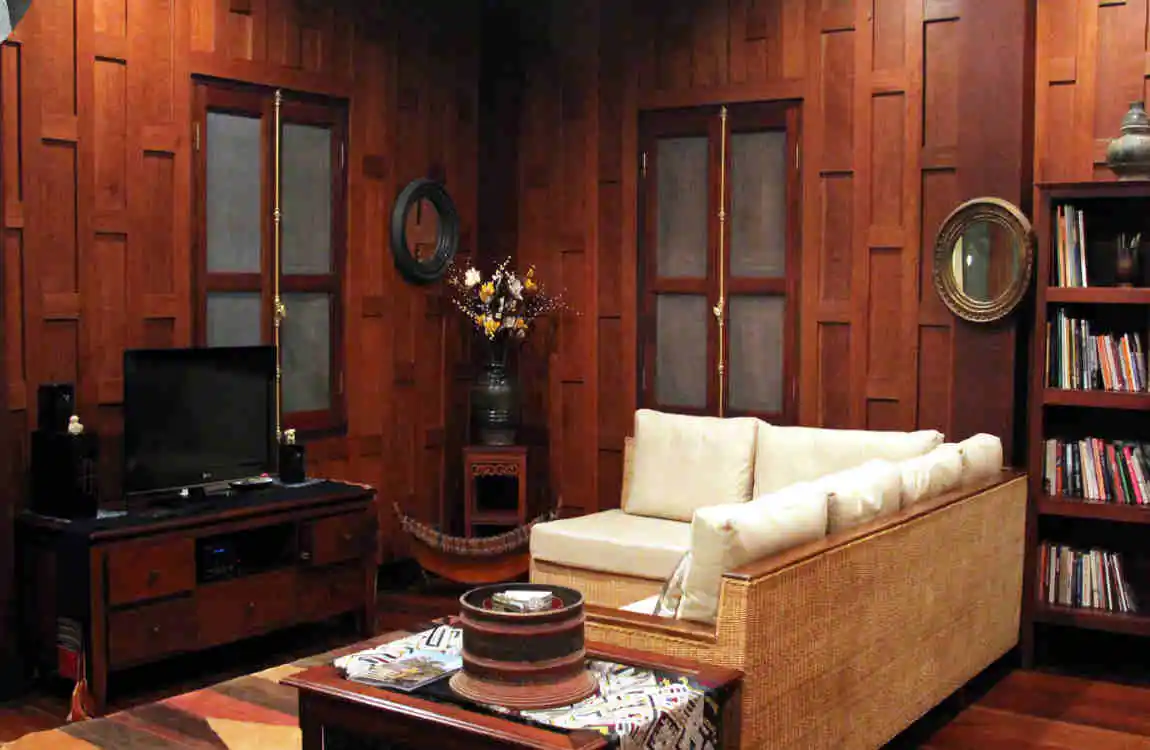
After the excitement of building your new home, maintaining it is essential for longevity and comfort. Living in Laos presents unique challenges, but with proper care, your house can withstand the test of time.
First, let’s talk about what to do. Regular inspections are crucial. Check for any signs of wear and tear, especially after heavy rains or extreme weather conditions. Keep an eye on plumbing and electrical systems; early detection can save you from costly repairs down the line. Ensure that gutters and drainage systems are clear to prevent water damage.
Investing in quality materials during construction pays off in maintenance as well. High-quality roofing materials will protect against leaks while durable paint can withstand humidity without peeling or fading quickly.
Now onto some things to avoid. Don’t ignore small problems thinking they’ll resolve themselves; this often leads to larger issues later on. Avoid using harsh chemicals when cleaning around your luxury home; they may damage surfaces over time or harm the environment.
Be cautious with landscaping as well—plant roots can disrupt foundations if not managed correctly. And remember that pests like termites thrive in certain environments; regular pest control measures should be part of your routine maintenance schedule.
By incorporating these dos and don’ts into your upkeep plan, you’ll help ensure your house remains a safe haven amidst Laos’s beautiful yet sometimes challenging climate—a place where memories take root just like trees outside its walls.
Cost to Build a House in Laos FAQS
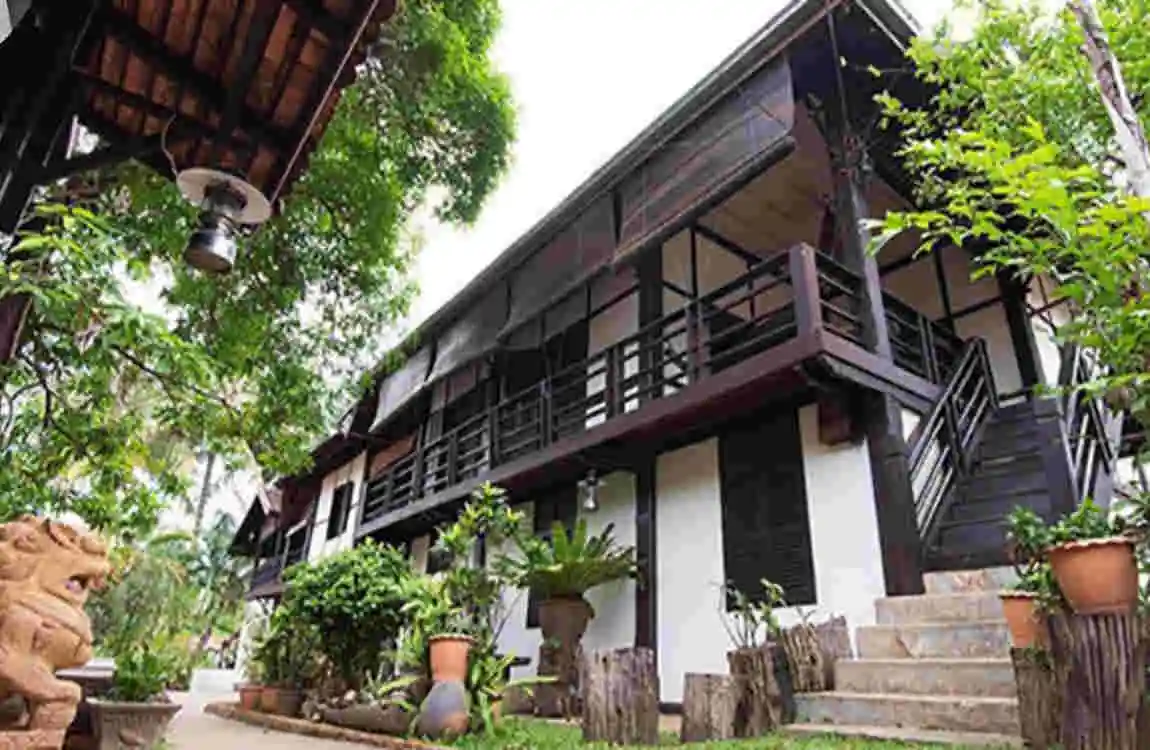
Basic Small House:
You can build a very small, modest house (like one room with a bathroom) for around $10,000, especially if you already own the land
Typical Budget Range:
Many people planning to build a home in Laos consider budgets between $20,000 to $35,000 for a modest house.
Design and Planning Costs:
Design services for a one-storey house, including detailed drawings and 3D perspectives, can be quite affordable, starting at about $1,500


